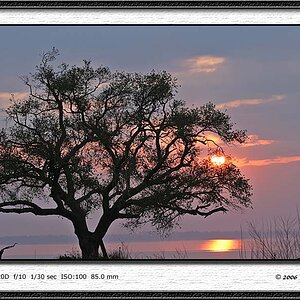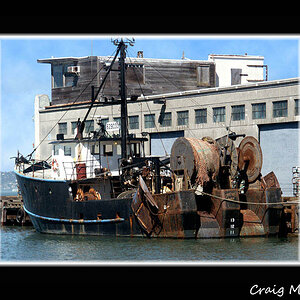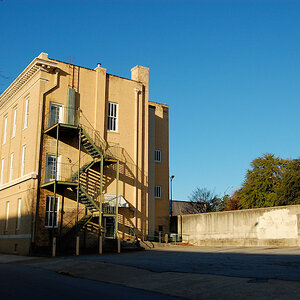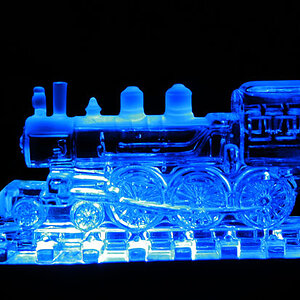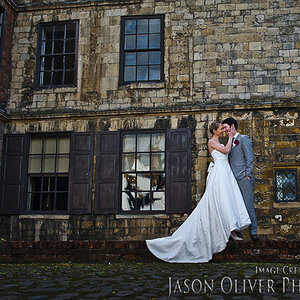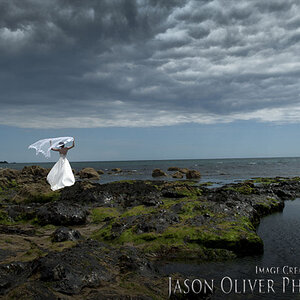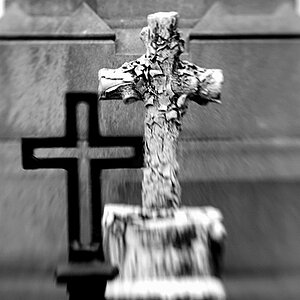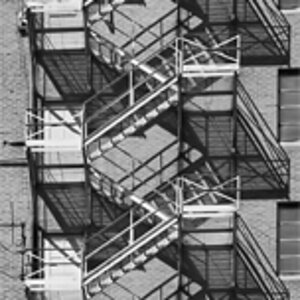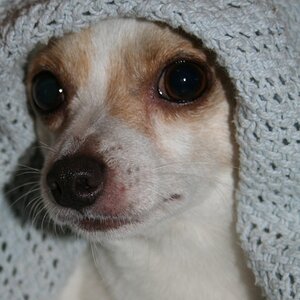MarshallClay
TPF Noob!
- Joined
- Apr 17, 2017
- Messages
- 15
- Reaction score
- 5
- Location
- Indiana
- Can others edit my Photos
- Photos OK to edit
Hello!
I was wondering about the light meter on my camera. From what I had come to understand when I first started shooting in manual, the goal was to get the marker right in the middle for good exposure.
Photos from my camera seem to have a tendency to look quite underexposed when I am in the middle of the meter. I have to go about 5-6 ticks above the middle of the meter to get what looks to me to be a photo of good exposure.
Is this a normal thing?
I use a Nikon D3400 if that helps at all.
Thanks!
I was wondering about the light meter on my camera. From what I had come to understand when I first started shooting in manual, the goal was to get the marker right in the middle for good exposure.
Photos from my camera seem to have a tendency to look quite underexposed when I am in the middle of the meter. I have to go about 5-6 ticks above the middle of the meter to get what looks to me to be a photo of good exposure.
Is this a normal thing?
I use a Nikon D3400 if that helps at all.
Thanks!



